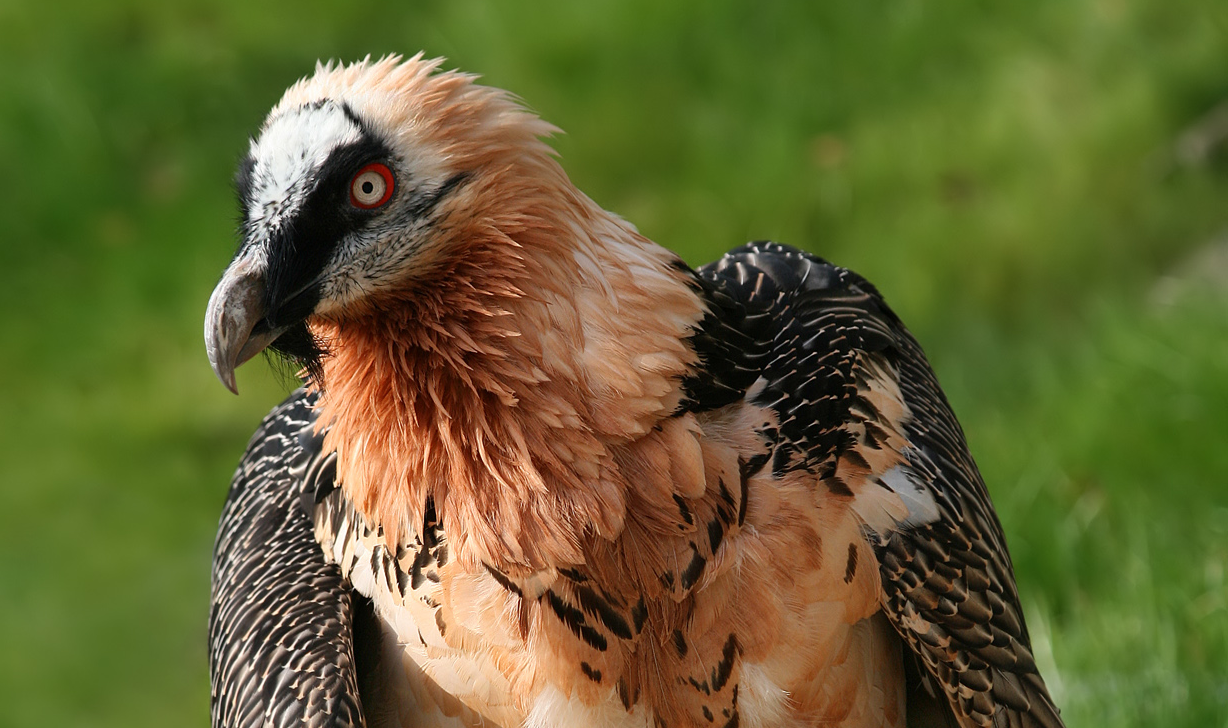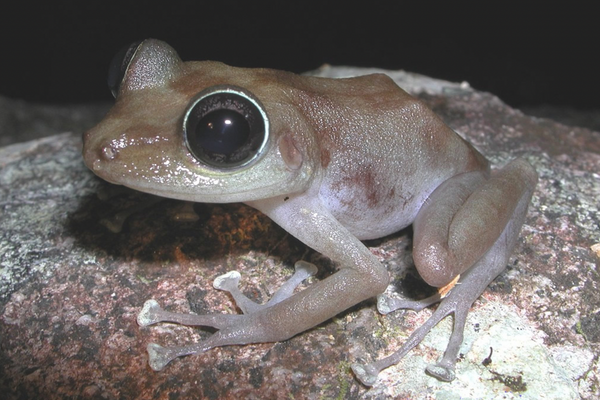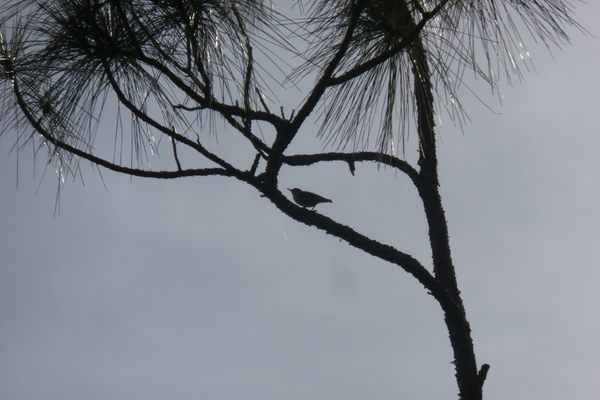The Struggle to Revitalize the World’s Vulture Populations
How to save the least marketable of all birds.

After a 30-year conservation campaign, bone-eaters once again soar above the Alps. According to the French charity League for the Protection of Birds, the bearded vulture is now considered back in the European mountain range, reports Le Monde, with 39 breeding pairs in residence. The birds had been completely wiped out in the region by poisoning or shooting in the early 20th century. In 1987, a pair—one from Afghanistan and one from Russia—were brought in, but it was a decade before they had their first chick. (They may have needed some time to overcome the language barrier.) Thanks to the concerted efforts of experts and bird-lovers, the population has slowly grown stronger. The reintroduction and breeding project is just one attempt among many worldwide to revive diminishing vulture populations.
Less cuddly than pandas, less awesome than whales, less relatable than gorillas, the avian scavengers have a little trouble building an emotional response with the public—even with extinction on the line. Vultures are carrion eaters, beady-eyed and bald (many of them, at least), so they don’t make great mascots for charities, even though 14 out of 23 species worldwide are at risk of disappearing. Yet they play a crucial role in everything from Zoroastrian funeral practices to preventing disease transmission.
Some vulture conservation efforts come from bird-lovers, as in the Alps. Others are the product of community or government intervention. In Italy, European Union funding has helped to save all four native species. Populations are now in the hundreds and slowly climbing. In Croatia, specially designed feeding grounds and bird sanctuaries help to protect the endangered griffon vulture. And in India, where all nine species are endangered, efforts have included banning certain drugs given to livestock.

Accidental poisoning by these drugs—such as the anti-inflammatory diclofenac (banned by some localities in 2006)—is one of the key reasons for the birds’ decline. In order for such routine medications to be effective in large animals such as cows, they must be given in tremendous quantities. In India, where beef is banned for human consumption throughout much of the country, the cow carcasses are often left to the vultures. The concentrated drugs are lethal to the birds.
Harder to prevent, however, is less accidental poisoning. In many countries, vultures inadvertently eat poisoned bait left out as pest control for other animals. “If a vulture sees a carcass, it will drop down from the sky, and very quickly many others will follow, just as you see in Africa,” Cristina Maceroni of WWF Italy told The Telegraph. “Vultures can get to a carcass so much quicker than a fox. If they eat the bait, they die.” In Africa, elephants or rhinos poisoned by poachers kill hundreds of vultures in turn. To really make an impact, conservationists say, governments across the world must commit to saving vultures for good—or risk losing them and all they do for ecosystems altogether.

















Follow us on Twitter to get the latest on the world's hidden wonders.
Like us on Facebook to get the latest on the world's hidden wonders.
Follow us on Twitter Like us on Facebook